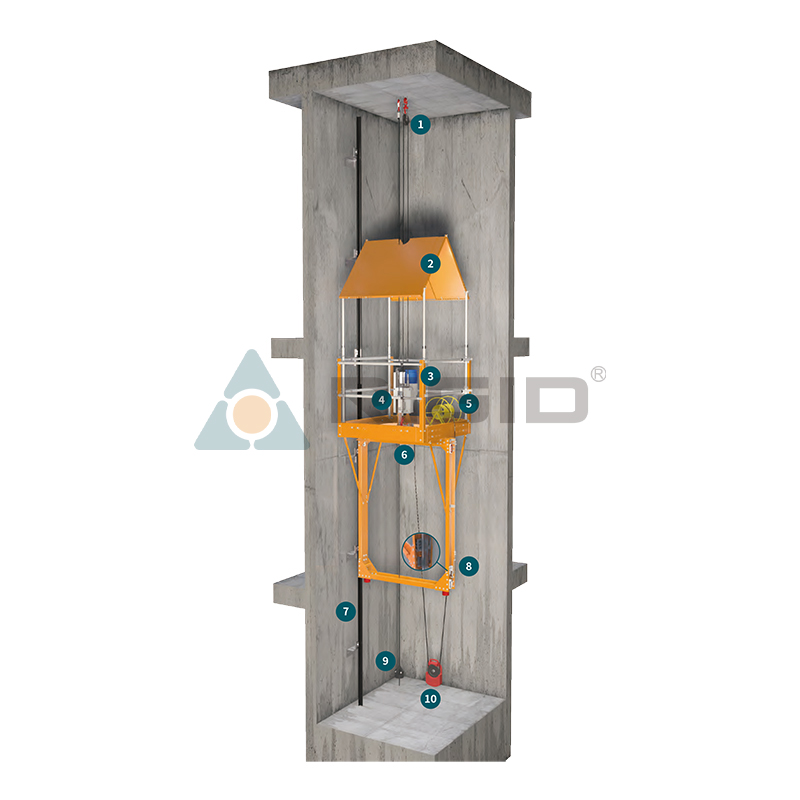What Is a False Car, and Why Is It Crucial in Elevator Installation?
2024-12-31
When discussing elevator construction and maintenance, the term False Car often comes up. But what exactly is a false car, and why does it play such a pivotal role in elevator systems? Let’s explore this essential component and its significance in the elevator industry.
What Is a False Car?
A false car is a temporary platform or structure used during the installation or maintenance of an elevator. Unlike the permanent elevator car, the false car is designed specifically for construction purposes, offering a safe and efficient workspace for workers.
Why Is a False Car Used in Elevator Installation?
False cars are indispensable in elevator installation for several reasons:
1. Safety
- The false car provides a secure platform for technicians working within the elevator shaft, minimizing the risk of accidents.
- Equipped with safety features such as fall protection and emergency brakes, it ensures worker safety in high-risk environments.
2. Efficiency
- Using a false car accelerates the installation process, as it allows workers to easily access different levels of the shaft without relying on scaffolding or other time-consuming methods.
3. Precision
- A false car helps ensure that the guide rails, wiring, and other components are installed with high accuracy, leading to smoother elevator operations.
4. Adaptability
- False cars can be customized to fit shafts of varying sizes and configurations, making them versatile tools for diverse projects.
What Are the Key Features of a False Car?
- Robust Structure: Built to handle the weight of workers, tools, and materials.
- Adjustable Platforms: Allows for height adjustments to reach different levels of the shaft.
- Safety Mechanisms: Includes features like locking systems and fall arrestors.
- Ease of Mobility: Designed to move seamlessly within the shaft.
Where Is a False Car Most Commonly Used?
1. High-Rise Building Construction
- Essential for the installation of elevators in skyscrapers and multi-story buildings.
2. Maintenance and Repairs
- Provides safe access to shafts for inspections and part replacements.
3. Modernization Projects
- Used when upgrading old elevator systems to meet new standards or enhance performance.
Are There Any Challenges with False Cars?
Despite their utility, false cars come with some challenges:
- Initial Setup: Installing a false car requires careful planning and skilled technicians.
- Cost: High-quality false cars and their safety systems can be expensive.
- Space Constraints: In narrow or irregular shafts, using a false car may require additional adjustments.
Conclusion
The false car is a vital tool in elevator installation and maintenance, ensuring safety, efficiency, and precision throughout the process. While often overlooked compared to the permanent elevator car, its role is irreplaceable in the smooth and secure construction of modern elevator systems.



